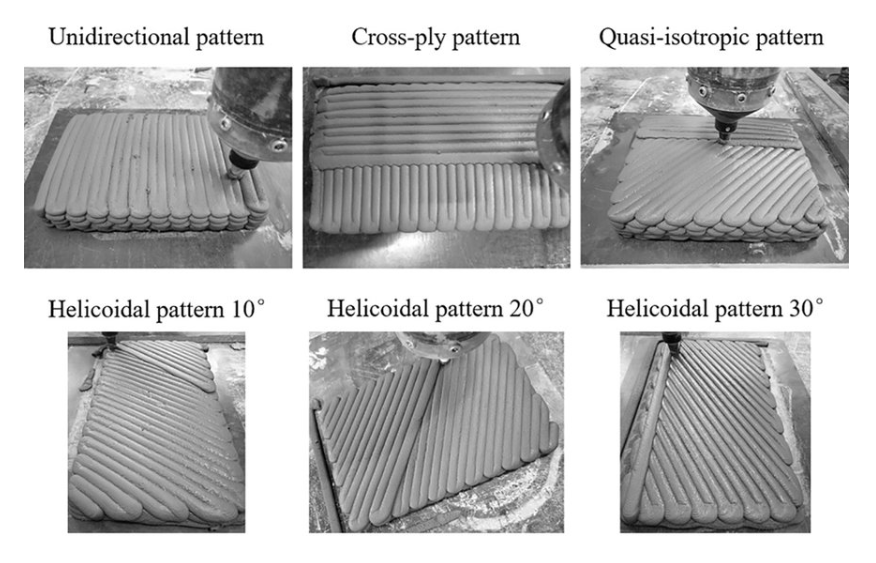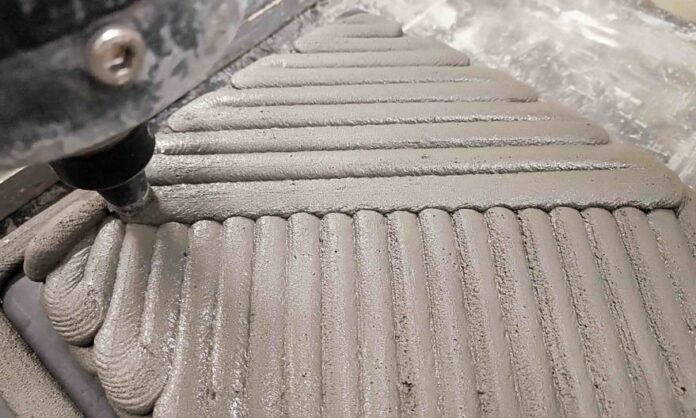3D printing concrete is nascent but promising, offering speed and efficiency. Thus far, however, the structures erected with it have been primitive; while cast concrete’s structural properties are well understood, putting it down in layers, as with 3D printing, raises a lot of question marks about structural stability.
Thus a team of researchers at Australia’s RMIT University are studying how printing layers in different patterns affects the strength of the overall structure. “3D concrete printing technology has real potential to revolutionize the construction industry, and our aim is to bring that transformation closer,” says lead researcher Dr. Jonathan Tran, a senior lecturer in structured materials and design at RMIT. “Our study explores how different printing patterns affect the structural integrity of 3D printed concrete, and for the first time reveals the benefits of a bio-inspired approach in 3DCP.”

“We know that natural materials like lobster exoskeletons have evolved into high-performance structures over millions of years, so by mimicking their key advantages we can follow where nature has already innovated.”
https://www.rmit.edu.au/news/all-news/2021/jan/lobster-concrete
The results showed strength improvement from each of the patterns, compared with unidirectional printing, but Tran said the spiral patterns hold the most promise for supporting complex 3D printed concrete structures.
“As lobster shells are naturally strong and naturally curved, we know this could help us deliver stronger concrete shapes like arches and flowing or twisted structures,” he said.
“This work is in early stages so we need further research to test how the concrete performs on a wider range of parameters, but our initial experimental results show we are on the right track.”
Analysis
I chose this article due to its thought-provoking information on structural integrity and how that might best be achieved while utilizing a material such as concrete. Depending on how large and complex a project I develop, this information could be crucial in determining it’s design. I also found it interesting in how the group used a lobster’s shell to study structural integrity. Learning from nature to improve a design is a very interesting approach and I think it would be fun to incorporate into my own project in one way or another.
Take-Aways
Technical logistics such as pattern and direction are important for structural integrity
Nature can provide great examples of structurally sound forms




